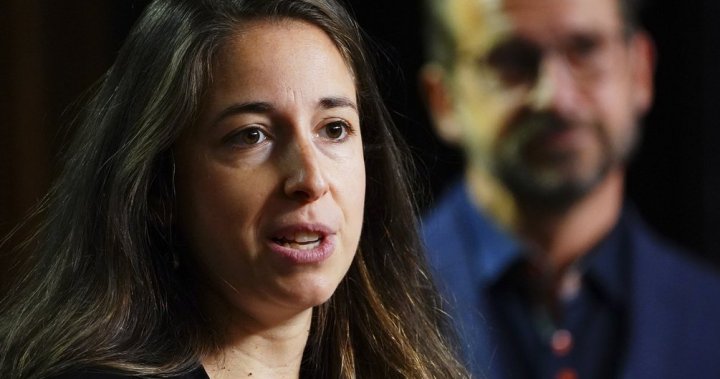A single ballot has thrown a federal riding’s election results into question, raising concerns about electoral integrity in one of Canada’s closest races of the recent federal election. The Bloc Quebecois candidate for Terrebonne, Quebec, lost by just one vote after a judicial recount – a razor-thin margin now subject to further investigation following allegations of procedural irregularities.
Elections Canada has launched a probe into potential ballot handling issues after Louise Labrie of the Bloc Quebecois officially lost to Liberal candidate Sophie Lamontagne by a single vote. The final count showed Lamontagne with 16,799 votes compared to Labrie’s 16,798, making it one of the tightest electoral contests in recent Canadian history.
“When elections are decided by such narrow margins, the integrity of every single ballot becomes paramount,” said Marc Mayrand, former chief electoral officer, speaking to journalists in Ottawa. “This isn’t just about one riding – it’s about maintaining public trust in our democratic processes.”
The controversy centers around claims that at least one ballot favoring the Bloc candidate was incorrectly rejected during the recount process. Bloc Quebecois leader Yves-François Blanchet has demanded answers, stating that “democratic legitimacy requires absolute transparency when the margin is this close.”
Legal representatives for the Bloc Quebecois have filed formal complaints with Elections Canada, claiming that counting procedures were inconsistently applied. They point to specific instances where ballots with similar markings received different treatment from electoral officials.
“In a democracy, every vote must count, and count correctly,” said electoral law expert Professor Catherine Morris from the University of Montreal. “When we’re talking about a one-vote difference, even minor procedural errors can alter the outcome and undermine democratic legitimacy.”
The Terrebonne situation bears similarity to other historically close Canadian races, including the 2015 contest in Barrie-Springwater-Oro-Medonte where Conservative Alex Nuttall defeated Liberal Brian Tamblyn by just 86 votes after a judicial recount.
Elections Canada has committed to a thorough investigation, saying in a statement: “We take all allegations regarding electoral irregularities seriously and will conduct a comprehensive review of the counting procedures in Terrebonne.”
This situation unfolds against the backdrop of increasing polarization in Canadian politics, where tight races are becoming more common. Political analysts suggest this reflects the fragmented nature of the current political landscape, with the traditional two-party dominance giving way to more competitive multi-party contests.
For residents of Terrebonne, the uncertainty has created frustration. “We just want to know who our representative is,” said Jean Tremblay, a local business owner. “The fact that it comes down to a single vote shows that every ballot truly matters.”
The Terrebonne recount has broader implications for Canadian democracy. It highlights both the strength of a system where every vote can make a difference and the vulnerabilities that emerge when margins are incredibly tight.
As Elections Canada’s investigation proceeds, both candidates remain in limbo. If irregularities are confirmed, the riding could potentially face a by-election – an expensive and time-consuming process, but one that might be necessary to ensure democratic integrity.
What does it say about our democratic institutions when a single ballot can determine who represents nearly 80,000 citizens? And perhaps more importantly, how can we ensure that our electoral system remains resilient and trustworthy even when faced with the most challenging edge cases?











